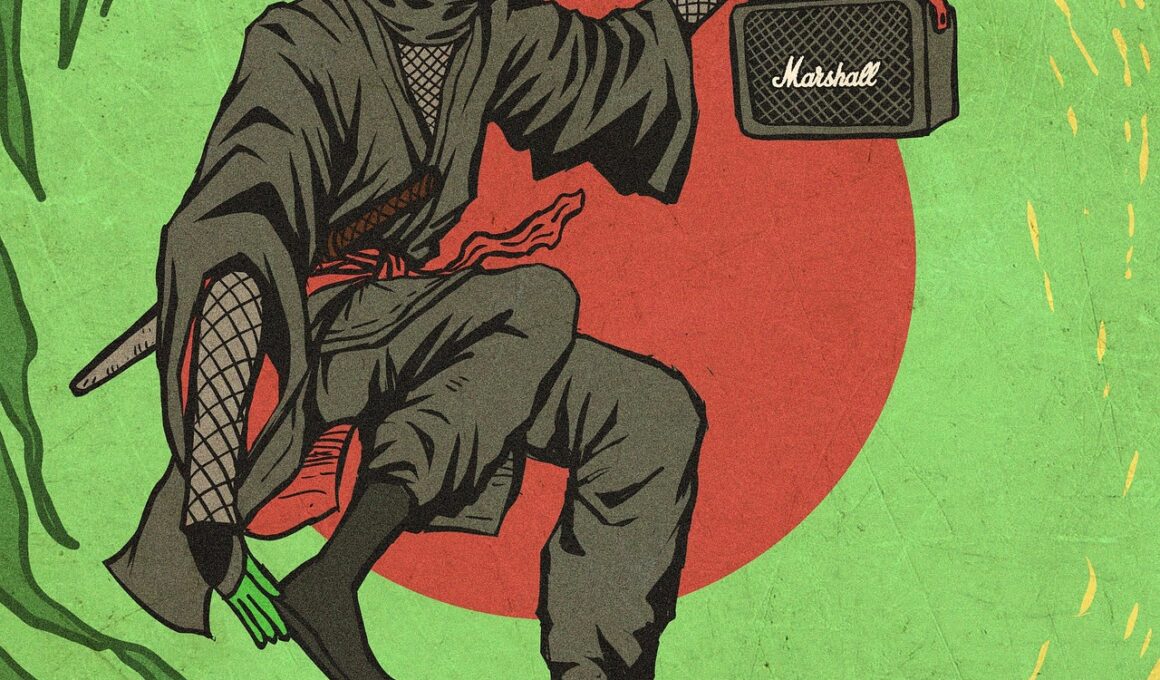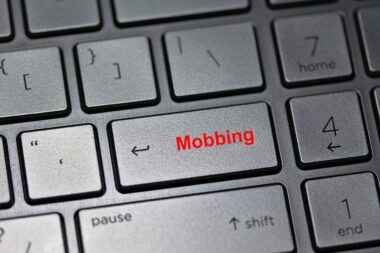Social Media Crisis Management: Lessons from Viral Meme Case Studies
In today’s digital age, social media has become a powerful tool for branding and engagement. Unfortunately, it can also lead to crises when viral memes go wrong. Brands find themselves at the center of social media storms, often caused by misunderstandings or misinterpretations of their marketing messages. Memes can spread like wildfire, leading to unintended consequences that affect a company’s reputation. Learning how to manage these crises effectively is crucial for any organization. Understanding the factors that contribute to meme virality and the potential fallout is the first step. The right response can turn a negative situation into an opportunity for positive engagement. Companies can take proactive measures, such as monitoring social media channels and engaging with audiences directly to mitigate risks. Communication is key in these situations, with transparency and sincerity being critical for rebuilding trust. Failure to address potential issues promptly may lead to a significant and lasting impact on brand image. Exploring case studies of organizations that faced similar challenges can provide valuable lessons for businesses navigating the complexities of social media crises.
The Power of Memes in Modern Communication
Memes have transformed the landscape of online communication, often serving as both humor and commentary. They can elevate brand awareness by creating relatable, shareable content. However, the same memes can backfire when taken out of context or perceived as insensitive. When a meme goes viral, it can quickly escalate, often beyond a brand’s control. This phenomenon necessitates a clear understanding of why specific memes resonate with audiences. The line between humor and offense can be thin, and brands must tread carefully. Misjudging this can lead to public outrage, requiring a robust crisis management strategy to mitigate damage. Effective monitoring of social media sentiment helps brands stay aware of potential pitfalls. Learning from crisis case studies enables businesses to craft a well-thought-out response plan. Crowd-sourcing feedback from their community can also be beneficial in these situations. Companies should remain vigilant and ready to adapt their strategies based on customer reactions. By fostering a culture of open dialogue, organizations can encourage feedback and address concerns before they escalate. This way, they build a loyal customer base that appreciates their responsiveness and transparency.
When examining case studies, it’s essential to analyze what went wrong and how brands responded. One notable example is the response to a meme that portrayed a product in a way that was considered offensive. The backlash was swift, with social media users calling for boycotts and expressing outrage. Brands need to prepare for such reactions before launching any campaign. In this instance, the company chose to ignore the outcry initially. Delayed responses often exacerbate the situation, leading to further criticism. The ensuing communication should be strategically crafted to address concerns and acknowledge the issue openly. Recognizing the importance of timely responses is critical in crisis management. A strong apology, along with concrete actions to rectify the situation, is necessary for rebuilding trust. Organizations like this can learn from their mistakes to ensure they are better prepared moving forward. This includes training teams to identify potential crises before they escalate. Documenting these incidents can help create a crisis playbook for future reference. When equipped with knowledge and strategic tools, brands can navigate the murky waters of social media more effectively.
Building a Crisis Management Strategy
Having a robust crisis management strategy in place is crucial for brands engaging with social media. Companies must anticipate potential crises and plan accordingly. This involves creating guidelines on how to address viral memes or backlash. Establishing a dedicated crisis response team can streamline efforts during an incident. Implementing a rapid response protocol allows brands to address issues swiftly. A clear chain of command ensures that communications flow effectively, allowing the company to present a united front. Furthermore, investing in social media monitoring tools can help identify potential crises before they escalate. Monitoring trends and audience reactions is essential for crafting appropriate responses. Crafting pre-approved messaging that can be quickly adjusted based on circumstances can save valuable time during emergencies. Additionally, training employees on communication best practices empowers them to handle media inquiries effectively. Encouraging a culture of accountability within the organization fosters a proactive approach to problem-solving. Clear values and ethical guidelines will steer brands through challenging situations. By being prepared, organizations can manage crises more effectively, reducing the risk of lasting damage to their reputation.
Once a brand is in the midst of a social media crisis, swift and transparent communication is paramount. Transparency fosters trust and can help mitigate negative sentiment. It’s essential to acknowledge the issue rather than ignore it, as silence can be perceived as complicity or indifference. Offering a sincere apology, when necessary, shows empathy and concern towards affected parties. Brands should communicate the steps they’re taking to resolve the issue, emphasizing their commitment to learning from the incident. Engaging with the audience personally can humanize the brand, strengthening connections. Utilizing multiple platforms ensures the message reaches a broader audience quickly. As memes propagate rapidly, companies must be prepared to pivot their messaging according to public sentiment. They should not hesitate to use humor, when appropriate, to diffuse tensions. Listening to customer feedback during this time can provide valuable insights into perceptions. Consistency in communication across all channels helps maintain authenticity. However, it’s important to avoid appearing tone-deaf or insincere. Public relations efforts need to be carefully crafted, prioritizing honesty and responsibility in interactions.
Learning from Mistakes: Case Studies
Examining case studies of prominent brands reveals valuable lessons regarding social media crises. For instance, a company faced backlash after a tone-deaf meme appeared during a sensitive global event. The initial response from the brand downplayed the issue, causing further outrage. In contrast, companies that handle such crises with sensitivity can turn detractors into allies. Successful case studies often showcase brands that acknowledge mistakes and actively engage with their audience. They take responsibility, often leading to improved relationships with customers. As memes can influence public perception dramatically, brands must learn to identify potential pitfalls proactively. Analyzing past failures, and their subsequent responses, can guide businesses towards more sound strategies in the futures. Organizations that invest in scenario planning around meme virality will be better prepared for unexpected challenges. Continual learning from previous incidents can help foster a growth mindset within the team. This will empower them to handle crises with agility and grace. Open discussions in the workplace about these lessons can reinforce a culture of mindfulness surrounding social media practices.
Ultimately, managing social media crises requires a collaborative effort across departments. No single team should bear the full weight of a crisis response. By fostering teamwork between marketing, public relations, and customer service, organizations can create a united front. This ensures that consistent messaging resonates through every communication channel. Inclusive crisis management also allows diverse perspectives to inform strategies, oftentimes leading to more effective solutions. Regularly conducting crisis simulation exercises can prepare teams for real-life challenges. These exercises encourage team members to think critically and strategize collaboratively under pressure. Accountability is crucial, with each staff member having defined roles during an incident. Additionally, analyzing past crises, both in-house and externally, contributes to a collective learning experience. By documenting lessons learned, brands are more equipped for future situations. Continuous improvement in handling social media risks positions the organization ahead of the curve. Adaptability is vital, as the social media landscape constantly evolves. Keeping up-to-date with emerging trends, platforms, and cultural shifts will enhance resilience. In doing so, businesses can nurture solid relationships with their audiences while ensuring long-term growth and reputation.





